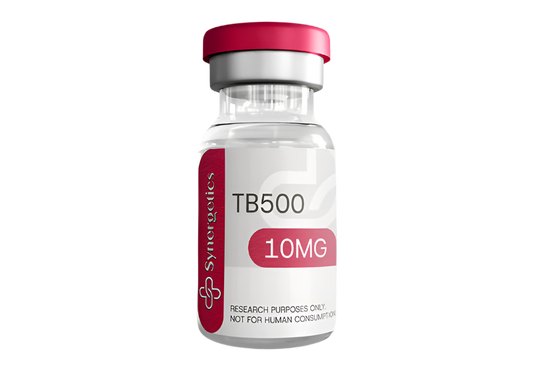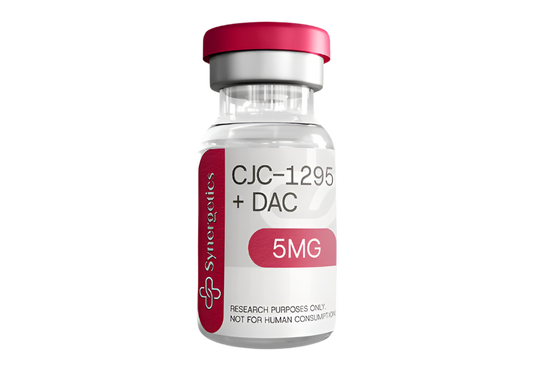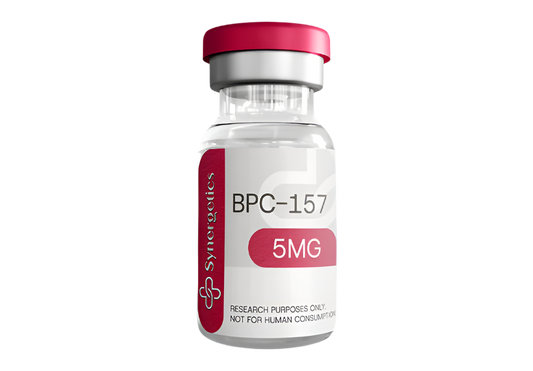How Peptides May Help with Tissue Repair
Peptides are short chains of amino acids that act as signaling molecules in the body. Some have been studied for their potential to accelerate healing, reduce inflammation, and support tissue regeneration. Here are a few key ways they may contribute:
Support Cellular Regeneration
Certain peptides may stimulate the body’s natural repair mechanisms, helping regenerate damaged tissues such as muscle, tendon, and ligament cells.
Reduce Inflammation
By modulating the body’s inflammatory response, peptides can create a more optimal environment for healing and reduce discomfort during recovery.
Enhance Collagen Production
Peptides may promote collagen synthesis, which is vital for strong, flexible tissues including skin, cartilage, and connective structures.





